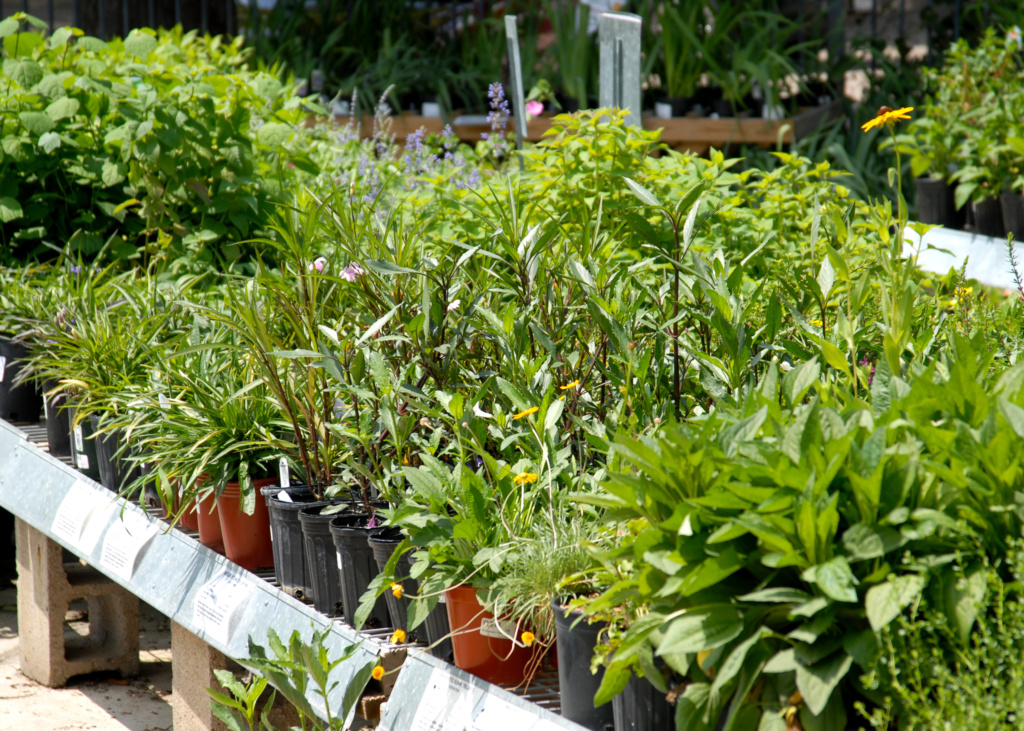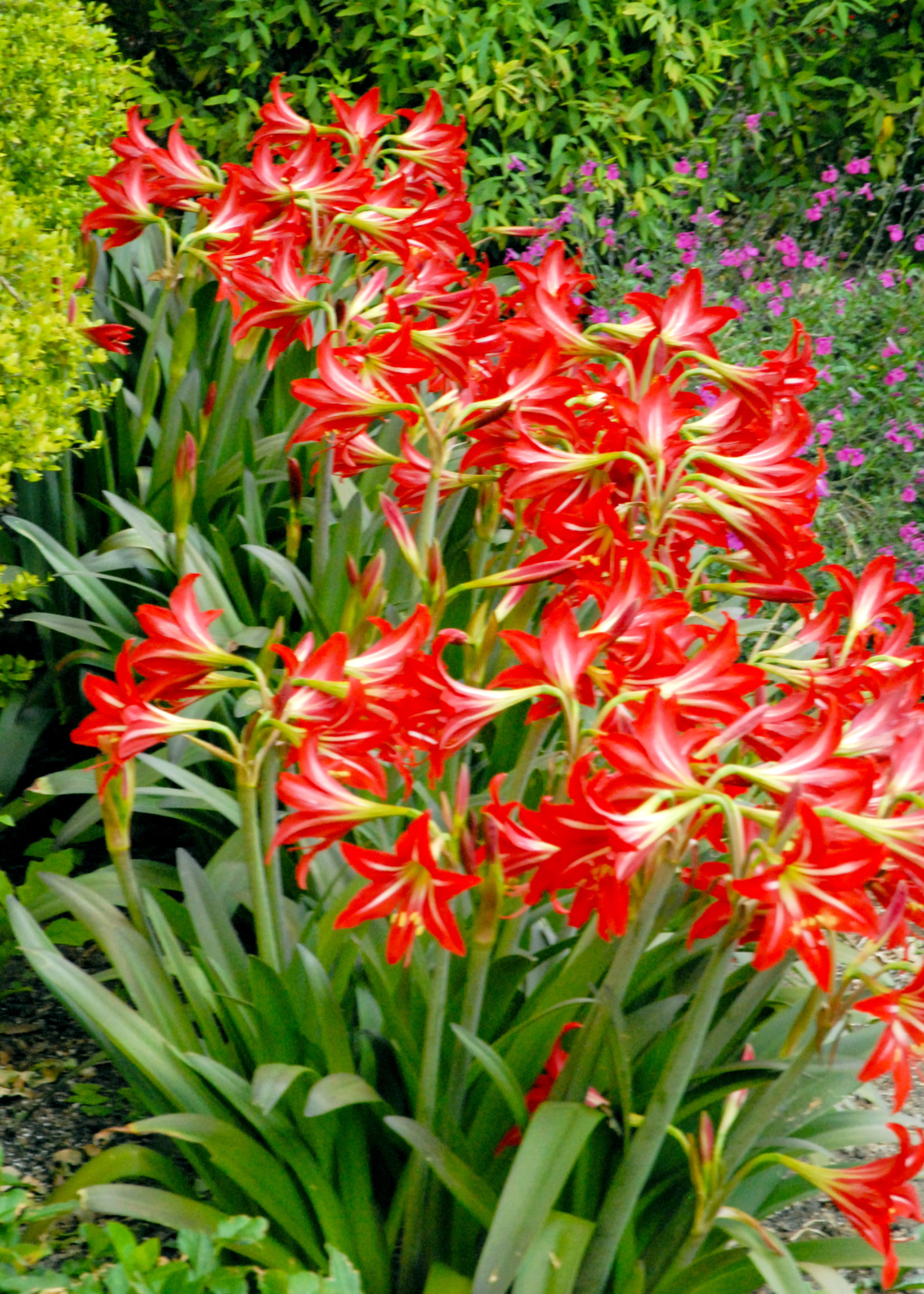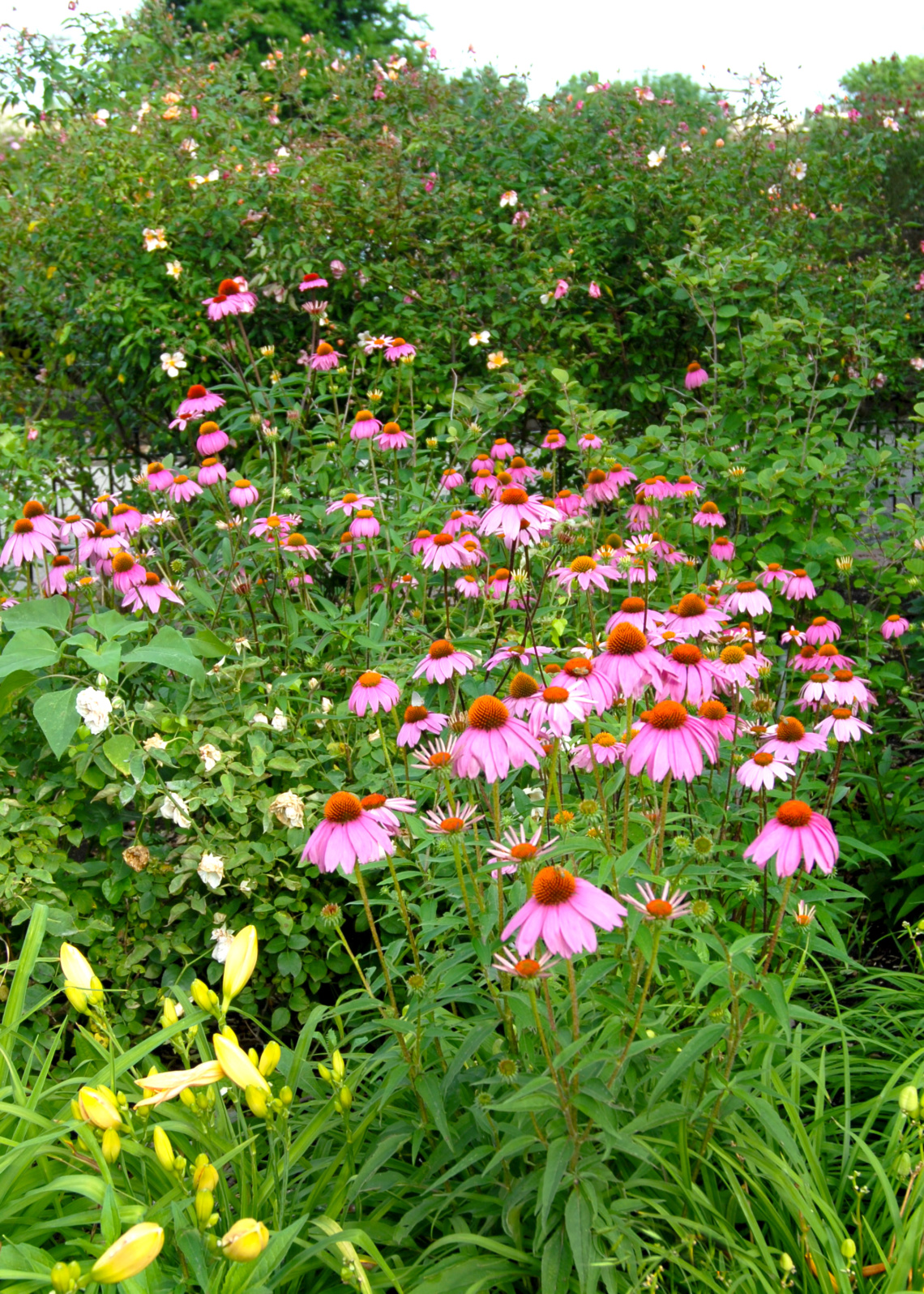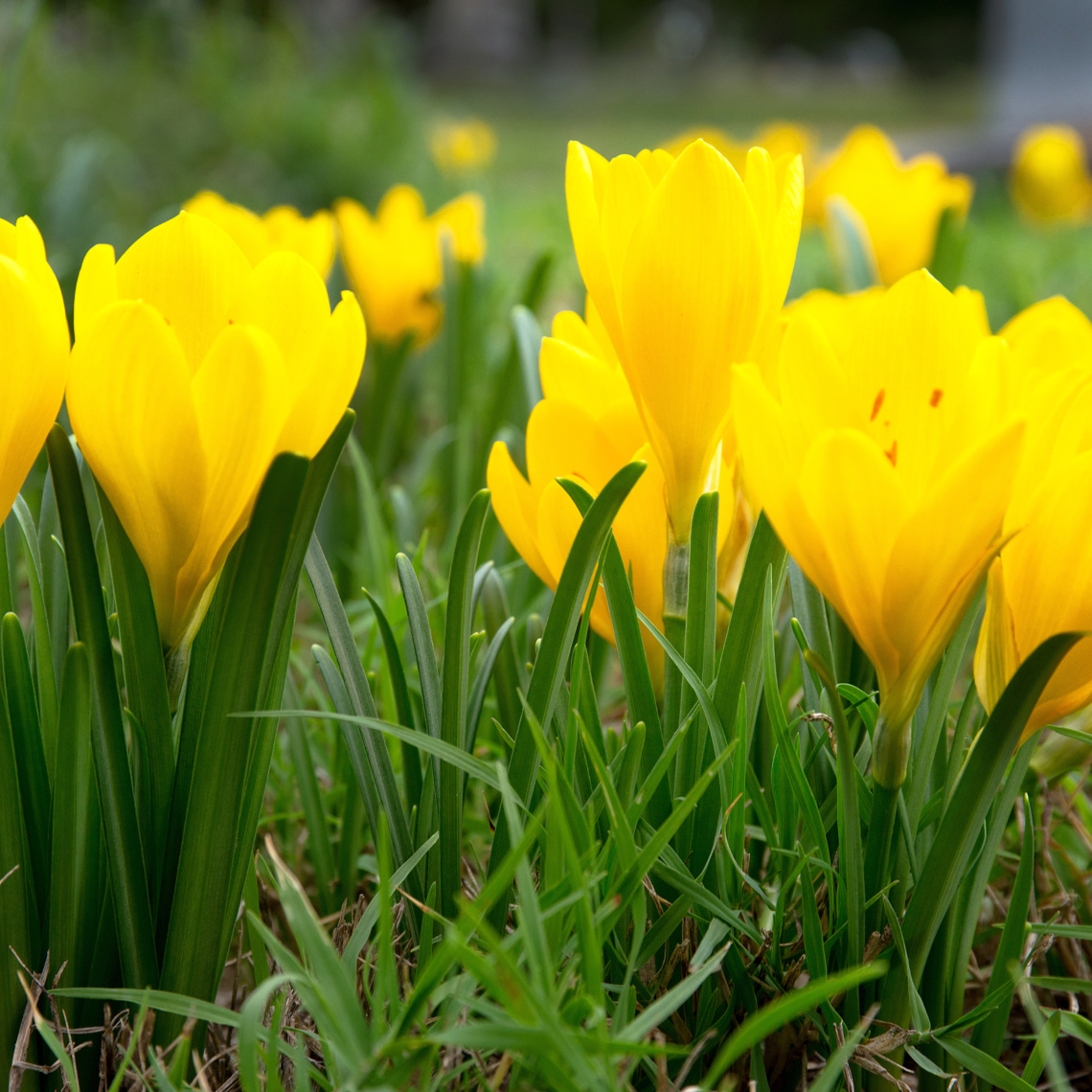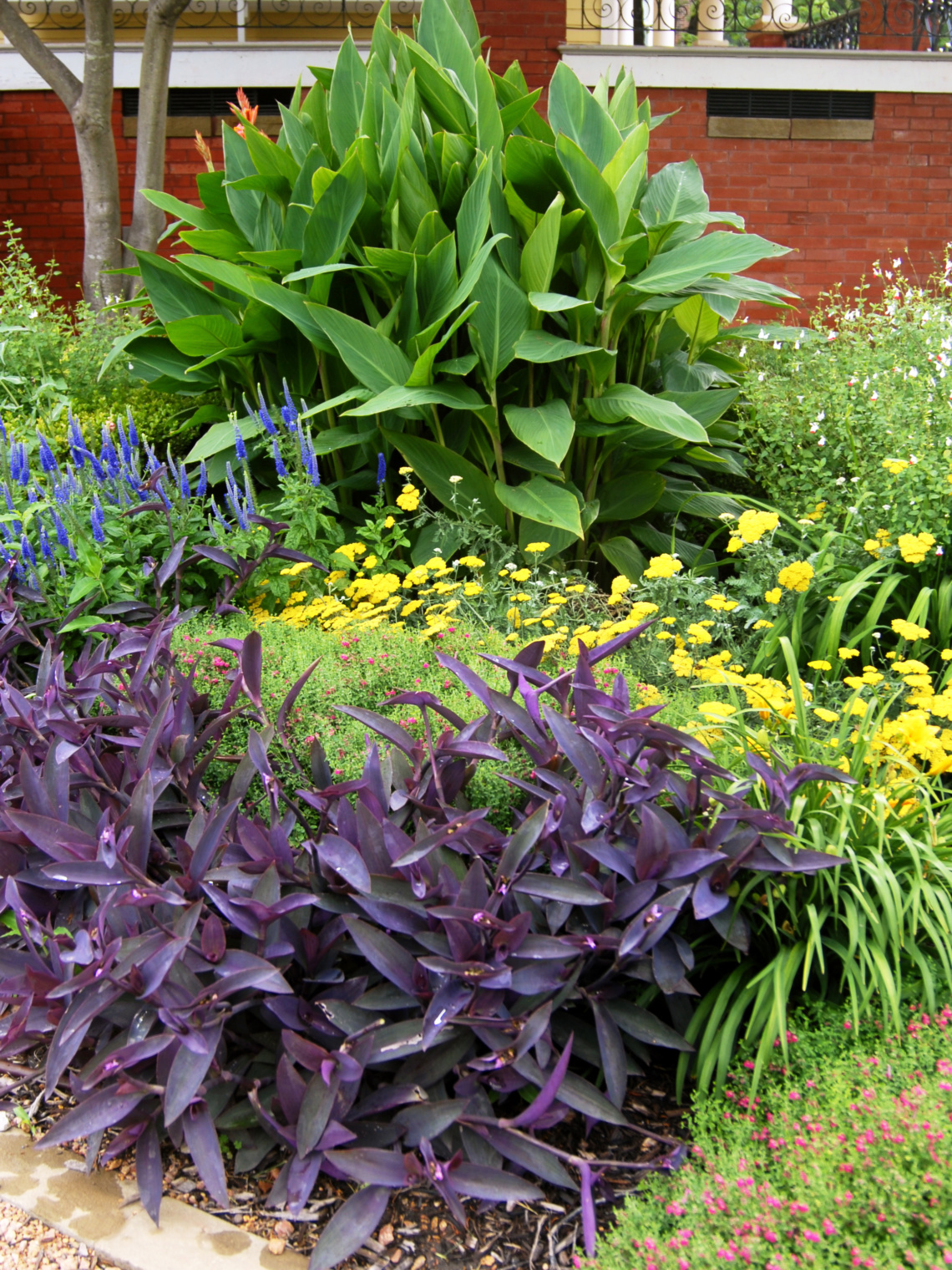Perennial Pleasures
Article & Photos by Neil Sperry
When I was a kid riding my bike around the east side of College Station I used to marvel at all the old perennials that had obviously been passed along from generation to generation. They were a beautiful part of those old heirloom gardens.
As today’s modern nurseries stock up for spring perennial sales, this is a good time to lay out some facts, tips, tidbits and fantasies about this great group of plants.
- Perennials do live from one year to the next. That part is true. In fact, it’s the real meaning of the name “perennial.” Some spend their off-seasons as bulbs, while others die back to fleshy root systems. However, many perennials thin and die out entirely after a few years, so you’ll need to aim to replant them.
- You don’t “plant perennials and then forget about them.” It’s amazing how many people have that thought as they shift from annuals to perennials in their flowerbeds. Truth is, perennials are just as much work, if not more, as their annual counterparts. You still have to dig and divide them, and they still get weeds, insects and diseases.
- Much of your work must be done by hand, because not all perennials can be dug and divided at the same time of the year. The old axiom is that if it blooms in the spring you divide it in the fall. If it blooms in the fall, you divide it in the spring.
- Perennials require a lot more planning than annuals. You have to know their mature sizes. You also have to make note of their flower colors and blooming times, so you can establish a color scheme for your gardens month after month. It helps if you draw the bed out on graph paper and start assigning space for each plant that you want to include. Annuals don’t require all that planning, but they also don’t give you the same relaxed, informal look.
- Perennials look best if they’re planted in mixed beds. Where a large bed of daylilies in full bloom in June would be pretty spectacular, that same bed would be pretty drab in early spring or especially later in summer. By comparison, if the bed contained 25 or 30 other types of perennials, little pockets of color would always be popping up. That’s where the real charm of perennial gardening steps forward.
- Give perennials the best possible soil preparation prior to planting. They’re going to be growing in that same soil for several years, so do the bed prep right from the outset. Spend two or three weeks killing all of the existing grass and weeds. Rototill the soil to a depth of 12 or 14 inches. A rear-tine tiller does the job best, so if you don’t have one already, either borrow or rent one for the task. Add in 5 or 6 inches of a mixture of organic matter (compost, rotted manure, pine bark mulch, sphagnum peat moss, etc.) and if you have a clay soil, 1 inch of expanded shale. Rototill again to combine this into the loose topsoil.
- Include some type of anchoring evergreen shrub or groundcover planting to bring winter continuity to the bed. Most perennials, after all, die to the ground in late fall.
- Include a few annuals within your perennial bed. They can help fill in the bare spots, and they’re also great space holders for areas where you want to be able to plant perennials later when digging and dividing season comes back around.
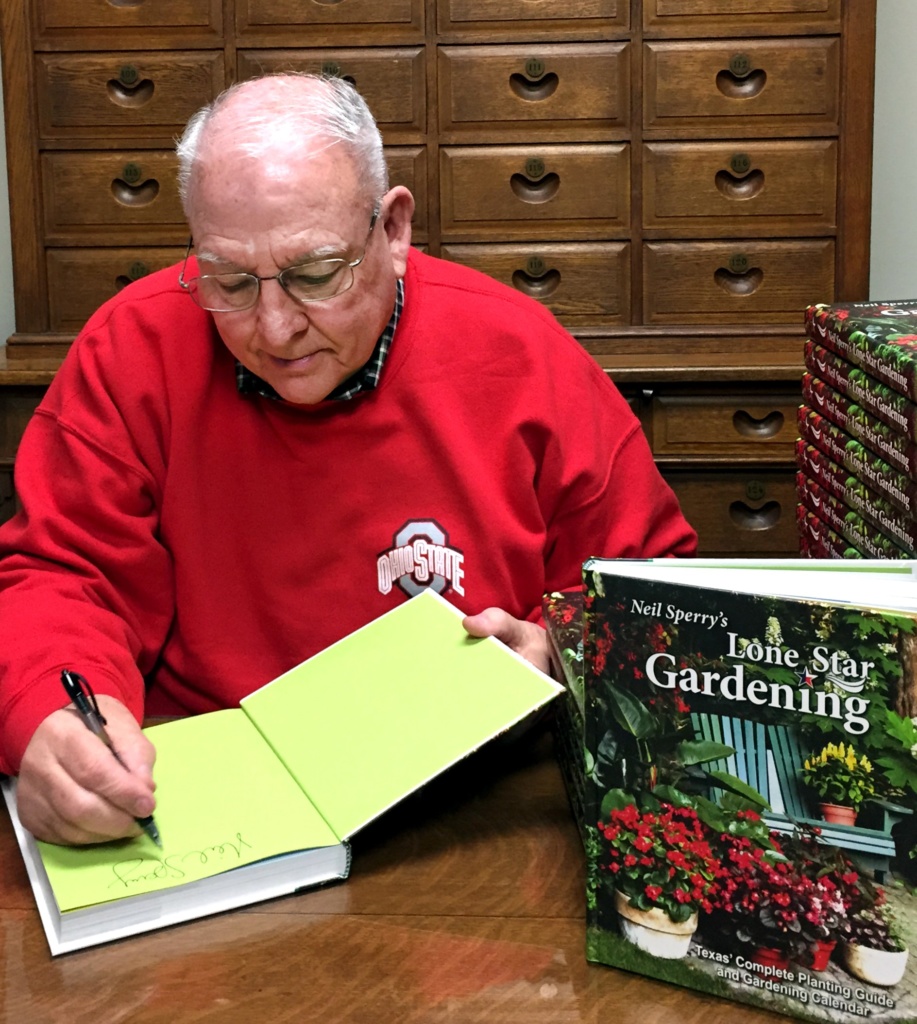 Read Neil Sperry’s Gardener’s Mailbag weekly in the Bryan Eagle. Hear him Saturdays 11-noon on WTAW 1620AM. Join him on Facebook. His latest book Neil Sperry’s Lone Star Gardening is available only from neilsperry.com.
Read Neil Sperry’s Gardener’s Mailbag weekly in the Bryan Eagle. Hear him Saturdays 11-noon on WTAW 1620AM. Join him on Facebook. His latest book Neil Sperry’s Lone Star Gardening is available only from neilsperry.com.
